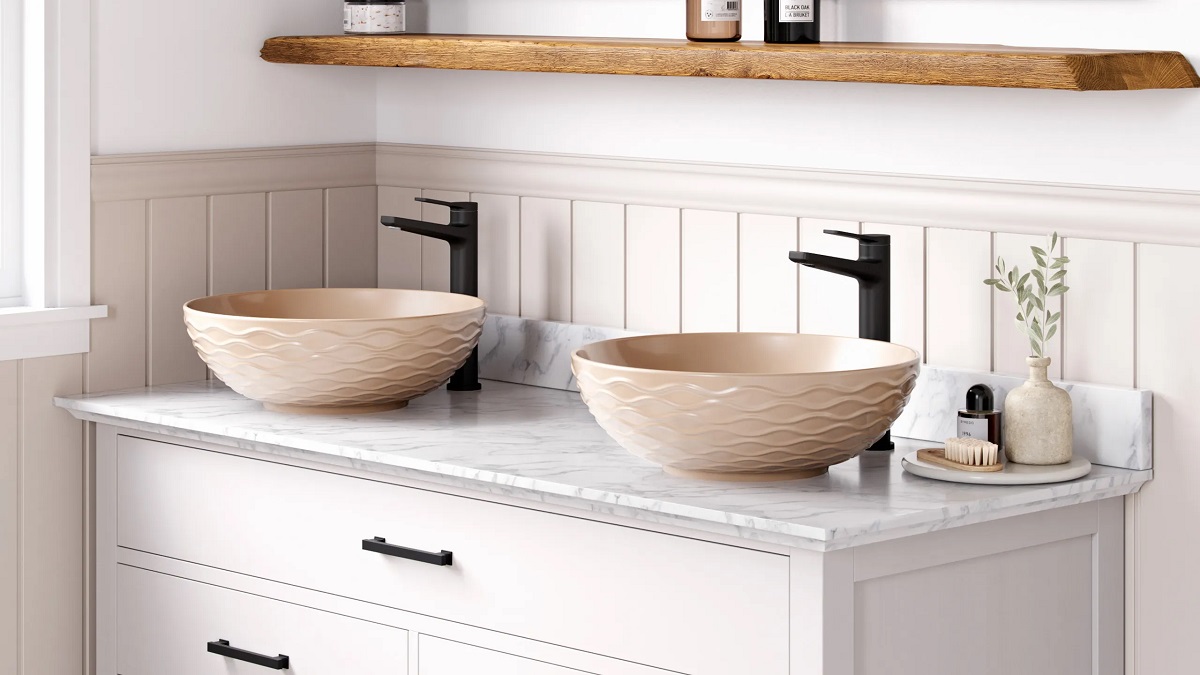

Articles
How To Secure A Sink To A Vanity
Modified: August 26, 2024
Learn how to secure a sink to a vanity with our comprehensive articles. Ensure stability and functionality with step-by-step instructions and expert tips.
(Many of the links in this article redirect to a specific reviewed product. Your purchase of these products through affiliate links helps to generate commission for Storables.com, at no extra cost. Learn more)
Introduction
Securing a sink to a vanity is an essential step in the installation process to ensure stability and prevent leaks. Whether you are updating your bathroom or installing a new sink, properly securing it to the vanity is crucial for long-lasting functionality and aesthetics. This article will guide you through the step-by-step process of how to secure a sink to a vanity, providing you with the necessary tools and techniques to successfully complete the task.
Before diving into the installation process, it’s important to note that the specific steps may vary depending on the type of sink and vanity you have. Additionally, make sure to read the manufacturer’s instructions for your sink and vanity to ensure you follow any specific requirements or recommendations they provide.
Key Takeaways:
- Properly securing a sink to a vanity is crucial for long-lasting functionality and aesthetics. Follow the step-by-step process, gather necessary tools, and ensure a clean and sturdy installation for a stable and leak-free sink.
- Thoroughly check for leaks and loose connections after securing the sink to the vanity to ensure proper functioning. Address any issues early on to prevent potential water damage and enjoy a fully functional bathroom.
Read more: How To Attach Sink To Vanity
Step 1: Gather required tools and materials
Before you start securing the sink to the vanity, gather all the necessary tools and materials to ensure a smooth installation process. Here is a list of commonly used tools and materials:
- Adjustable wrench
- Bucket
- Hacksaw or reciprocating saw (if plumbing adjustments are needed)
- Screwdriver (flat-head or Phillips-head depending on the screws used)
- Silicone caulk or adhesive
- Tape measure
- Teflon tape (for plumbing connections)
- Waterproof flashlight (optional)
Having these tools and materials prepared ahead of time will save you from running back and forth during the installation process. Additionally, it’s always a good idea to wear protective eyewear and gloves to ensure safety while handling tools and materials.
Step 2: Prepare the vanity and sink for installation
Before securing the sink to the vanity, it’s important to properly prepare both the vanity and the sink. Follow these steps to ensure a clean and sturdy installation:
- Clean the vanity: Start by cleaning the surface of the vanity where the sink will be placed. Remove any dirt, dust, or debris using a mild cleanser or soap and water. Dry the surface thoroughly with a clean cloth or towel.
- Measure and mark: Use a tape measure to determine the exact placement of the sink on the vanity. Measure and mark the desired position, making sure it aligns with the plumbing connections.
- Remove any existing sink: If you are replacing an old sink, carefully disconnect and remove it from the vanity. Turn off the water supply and disconnect the plumbing connections. Use a wrench or screwdriver to remove any screws or clips that may be holding the sink in place.
- Check for any damage: Inspect the vanity and sink for any signs of damage, such as cracks or chips. Make any necessary repairs or replacements before proceeding with the installation.
- Ensure proper ventilation: Check if your vanity has adequate ventilation to prevent the build-up of moisture. If needed, consider installing or improving ventilation to avoid any potential damage caused by water accumulation.
By properly preparing the vanity and sink, you will ensure a clean and sturdy base for the installation process. Taking the time to clean, measure, and inspect for any damage will help prevent any issues or complications down the line.
Step 3: Apply adhesive or caulk to secure the sink
Applying adhesive or caulk is a critical step in securely attaching the sink to the vanity. This will provide stability and prevent any movement or leaks. Follow these steps to properly apply the adhesive or caulk:
- Choose the right adhesive or caulk: Depending on the type of sink and vanity, you may need to use either adhesive or caulk. Adhesive is typically used for undermount sinks, while caulk is more common for top-mount or drop-in sinks. Check the manufacturer’s recommendations for your specific sink and vanity.
- Apply the adhesive or caulk: Start by applying a bead of adhesive or caulk along the edge of the vanity opening. Make sure to apply an even and continuous line around the entire perimeter of the opening. Be generous with the amount of adhesive or caulk to ensure a secure bond.
- Position the sink: Carefully lower the sink into the opening, making sure it aligns with the marks you made earlier. Gently press down on the sink to allow it to adhere to the adhesive or caulk.
- Adjust the position: If needed, adjust the position of the sink to ensure that it is properly aligned and centered. Use a level to check for any unevenness and make any necessary adjustments.
- Clean off excess adhesive or caulk: Once the sink is in position, use a damp cloth or sponge to remove any excess adhesive or caulk that may have oozed out. It’s important to clean up any excess before it dries.
Allow the adhesive or caulk to cure as per the manufacturer’s instructions. This will usually involve avoiding using the sink for a certain period of time to allow for proper bonding. It’s important to follow these instructions to ensure that the sink is securely attached to the vanity.
When securing a sink to a vanity, use a silicone adhesive to create a strong and waterproof bond between the sink and the vanity top. This will help prevent any movement or water leakage.
Step 4: Attach the sink to the vanity
Once you have applied the adhesive or caulk and positioned the sink, it’s time to securely attach it to the vanity. Follow these steps to ensure a proper attachment:
- Use mounting brackets or clips: Depending on the type of sink and vanity, you may need to use mounting brackets or clips to secure the sink in place. Refer to the manufacturer’s instructions for your specific sink for guidance on the appropriate mounting method.
- Attach the mounting brackets or clips: If your sink requires mounting brackets or clips, follow the manufacturer’s instructions to attach them to the underside of the sink. Make sure they are positioned correctly and securely fastened.
- Secure the sink to the vanity: Once the mounting brackets or clips are in place, carefully lift the sink slightly to access the mounting holes or slots on the vanity. Align the sink with these holes or slots and insert the screws or bolts provided with the brackets or clips. Use a screwdriver or wrench to tighten them securely.
- Check for stability: After attaching the sink, give it a gentle shake to ensure it is securely fastened to the vanity. If there is any movement or instability, double-check the mounting brackets or clips for proper installation and tighten them if necessary.
- Double-check the alignment: Take a step back and assess the sink’s position and alignment. Ensure that it is level and centered within the vanity opening. Adjust as needed before proceeding to the next step.
By properly attaching the sink to the vanity using mounting brackets or clips, you will enhance its stability and prevent any shifting or wobbling. Take the time to follow the manufacturer’s instructions and ensure a secure attachment.
Step 5: Check for any leaks or loose connections
After securing the sink to the vanity, it’s crucial to thoroughly check for any leaks or loose connections to ensure the proper functioning of the plumbing. Follow these steps to perform a comprehensive check:
- Tighten plumbing connections: Use an adjustable wrench or pliers to ensure that all plumbing connections are tight and secure. This includes the connections for the drain pipe, P-trap, and supply lines. Check for any signs of water leakage or looseness.
- Turn on the water supply: Slowly turn on the water supply to allow water to flow into the sink. Pay close attention to the plumbing connections and look for any signs of leaks. If you notice any leaks, tighten the affected connection until the leak stops.
- Inspect the sink and drain: Fill the sink with water and let it drain to check for proper drainage. Look for any signs of slow drainage or water pooling. If necessary, adjust the drain stopper or consult a plumber to resolve any drainage issues.
- Check for water leakage: Carefully inspect the area where the sink meets the vanity, as well as the surrounding walls and floor, for any signs of water leakage. If you discover any leaks, apply additional sealant or caulking to prevent water from seeping through.
- Monitor for a period of time: Leave the water running for several minutes and monitor the sink and its connections for any persistent leaks. If you notice any ongoing leakage, it may indicate a more significant plumbing issue that requires professional assistance.
It’s essential to take the time to thoroughly check for any leaks or loose connections before considering the installation process complete. Addressing these issues early on will save you from potential water damage and ensure the proper functioning of your sink.
Conclusion
Securing a sink to a vanity is a crucial step in the installation process to ensure stability, prevent leaks, and maintain the overall functionality and aesthetics of your bathroom. By following the steps outlined in this article and gathering the necessary tools and materials, you can successfully secure the sink to the vanity.
Start by preparing the vanity and sink, ensuring they are clean and free from any damage. Then, apply the appropriate adhesive or caulk to securely attach the sink to the vanity, taking care to position it correctly. Use mounting brackets or clips as needed and check for stability.
Once the sink is attached, carefully inspect all plumbing connections and check for any leaks or loose connections. Tighten them if necessary and test the sink’s drainage and water supply. Lastly, monitor the sink and its connections for any persistent leaks or issues.
Remember to always consult the manufacturer’s instructions for your specific sink and vanity, as well as any applicable plumbing codes or regulations in your area. If you encounter any difficulties during the installation process, it’s best to seek the help of a professional plumber to ensure a proper and secure installation.
With a securely attached sink, you can enjoy a functional and beautiful bathroom that meets your needs for years to come. Take the time to properly secure your sink to the vanity, and you’ll be rewarded with a bathroom that is both visually appealing and fully functional.
Frequently Asked Questions about How To Secure A Sink To A Vanity
Was this page helpful?
At Storables.com, we guarantee accurate and reliable information. Our content, validated by Expert Board Contributors, is crafted following stringent Editorial Policies. We're committed to providing you with well-researched, expert-backed insights for all your informational needs.
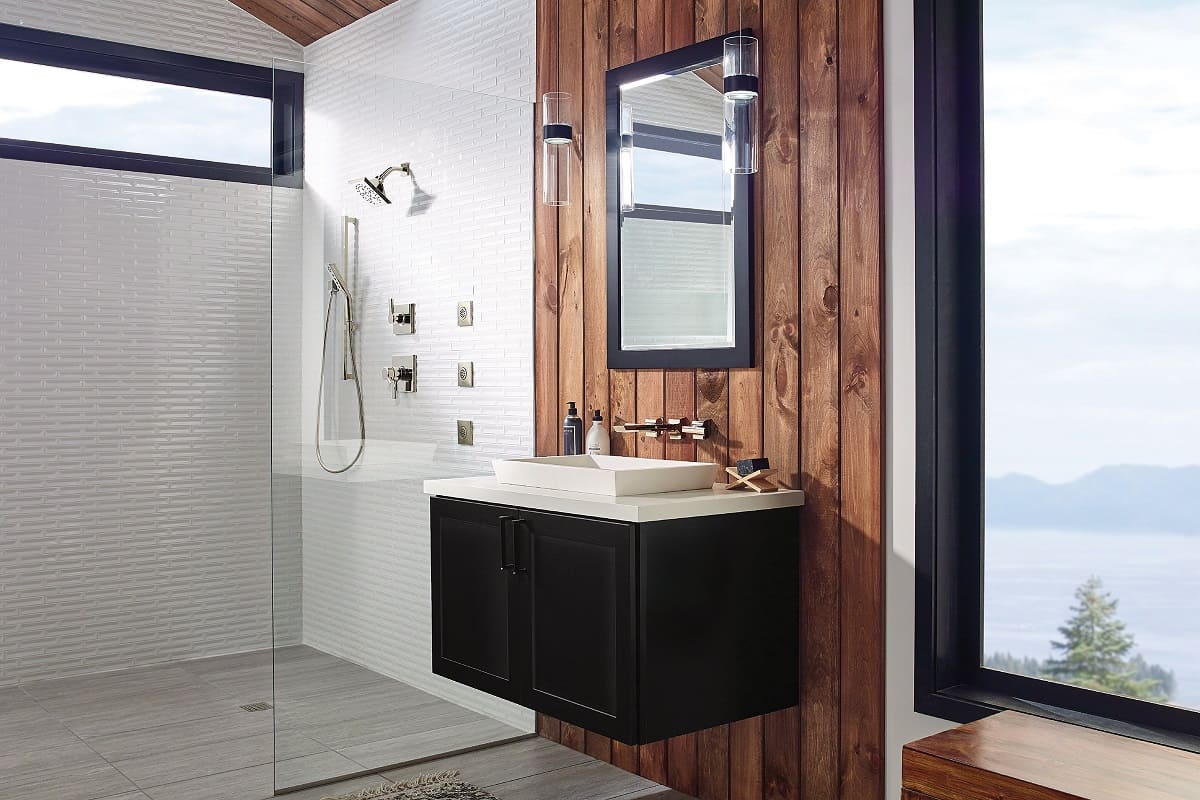
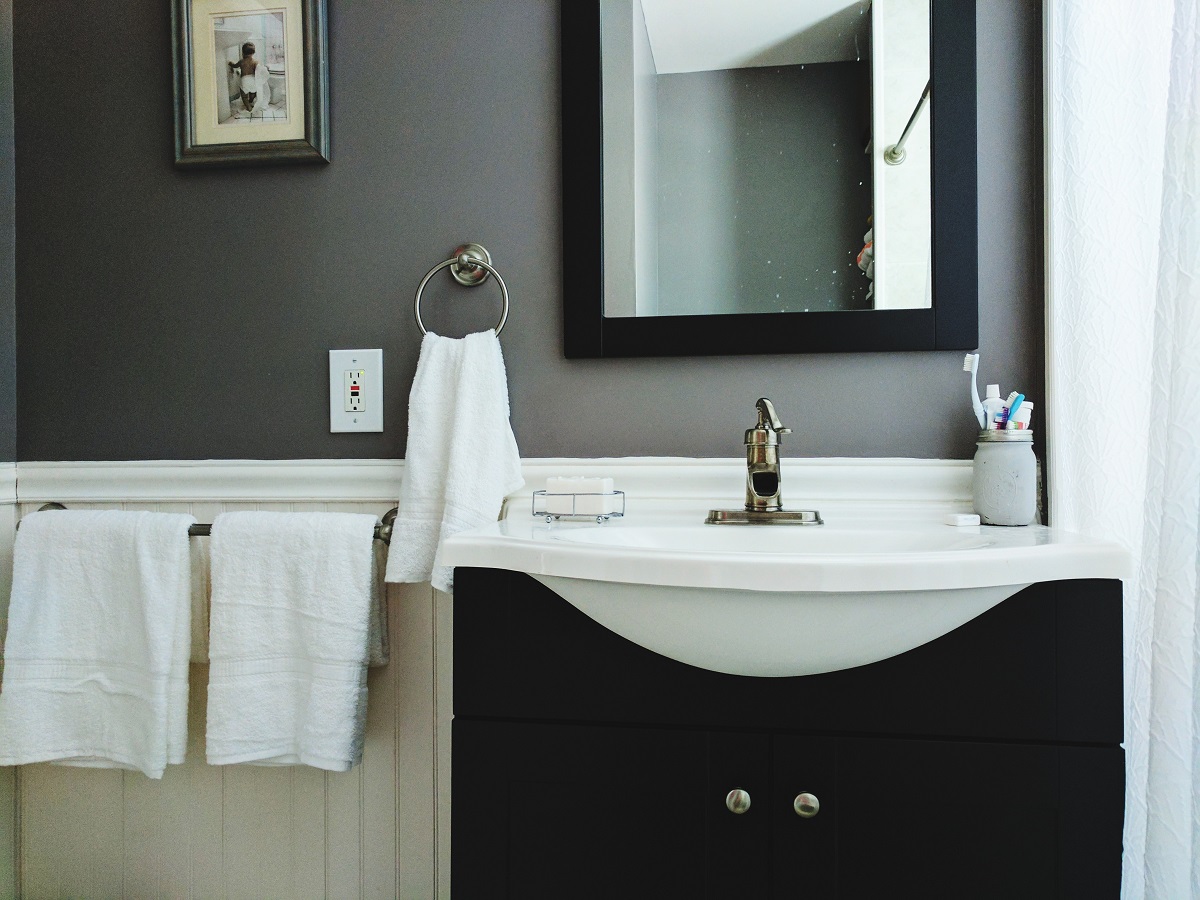

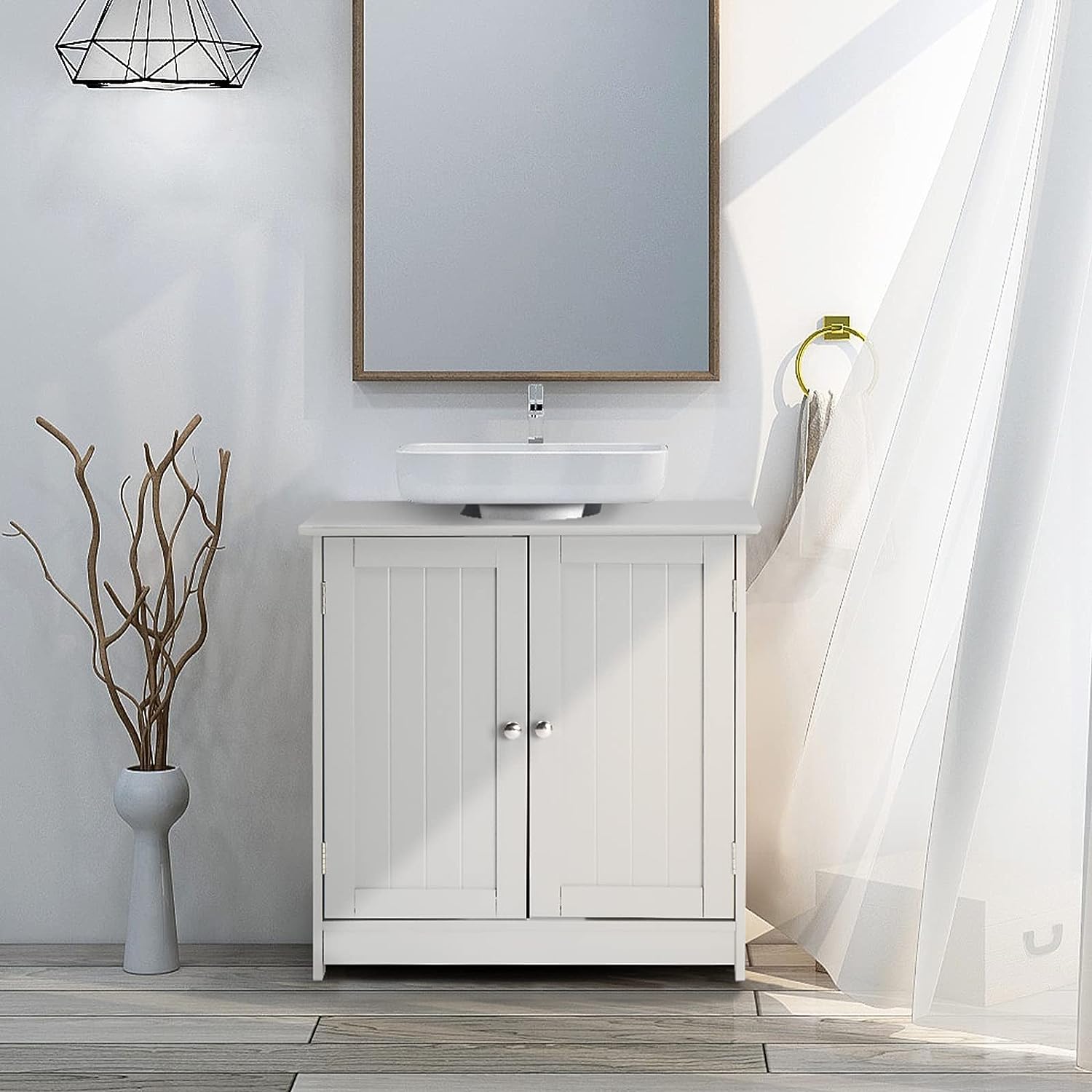
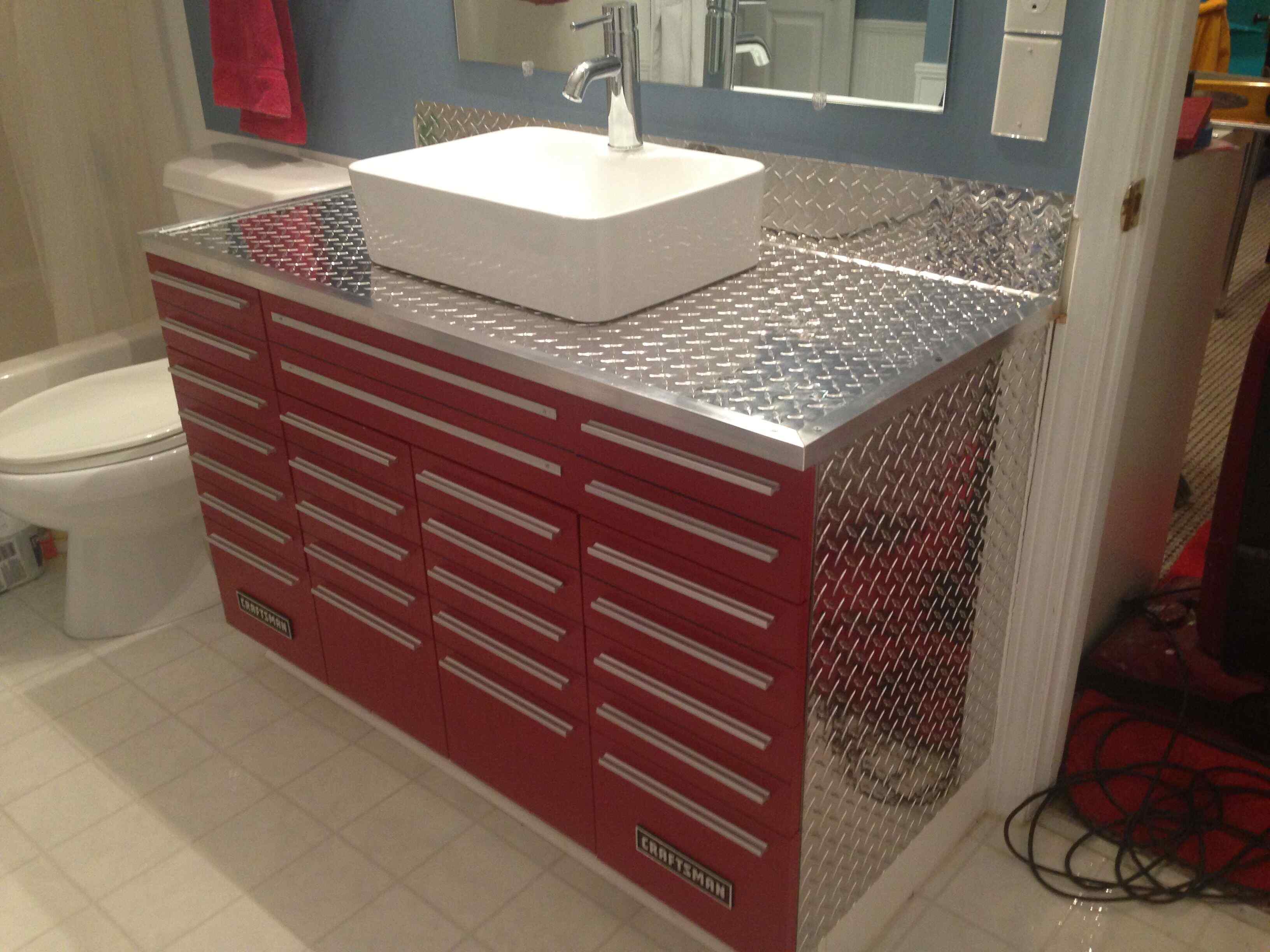
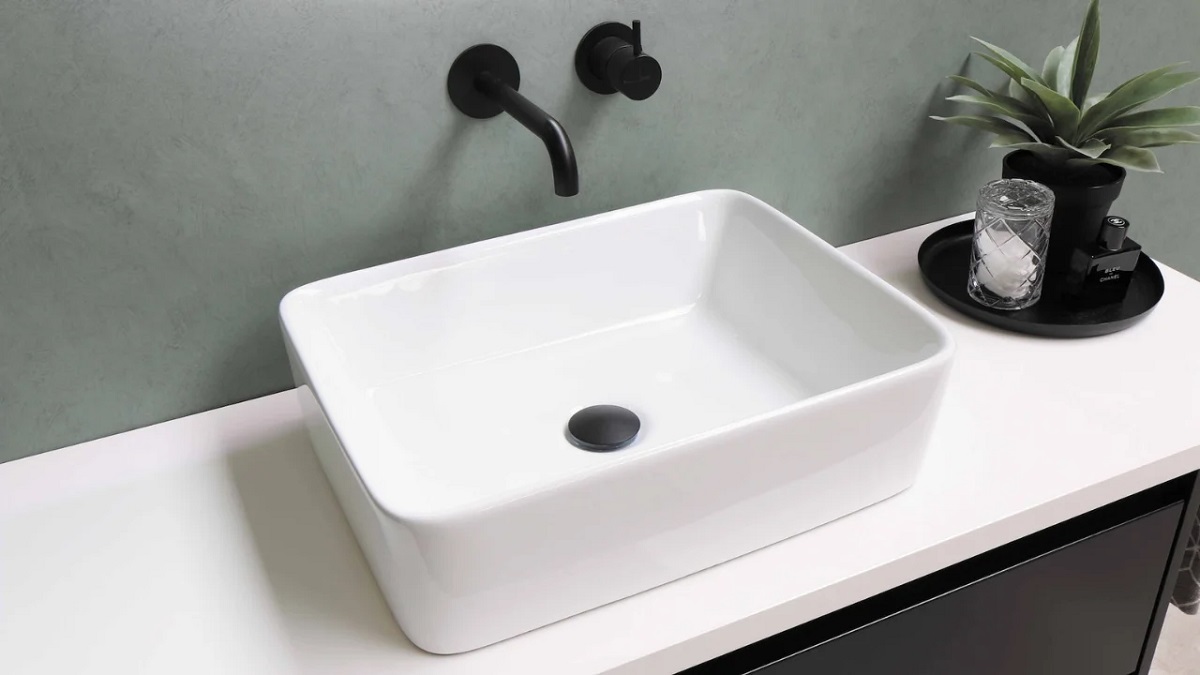
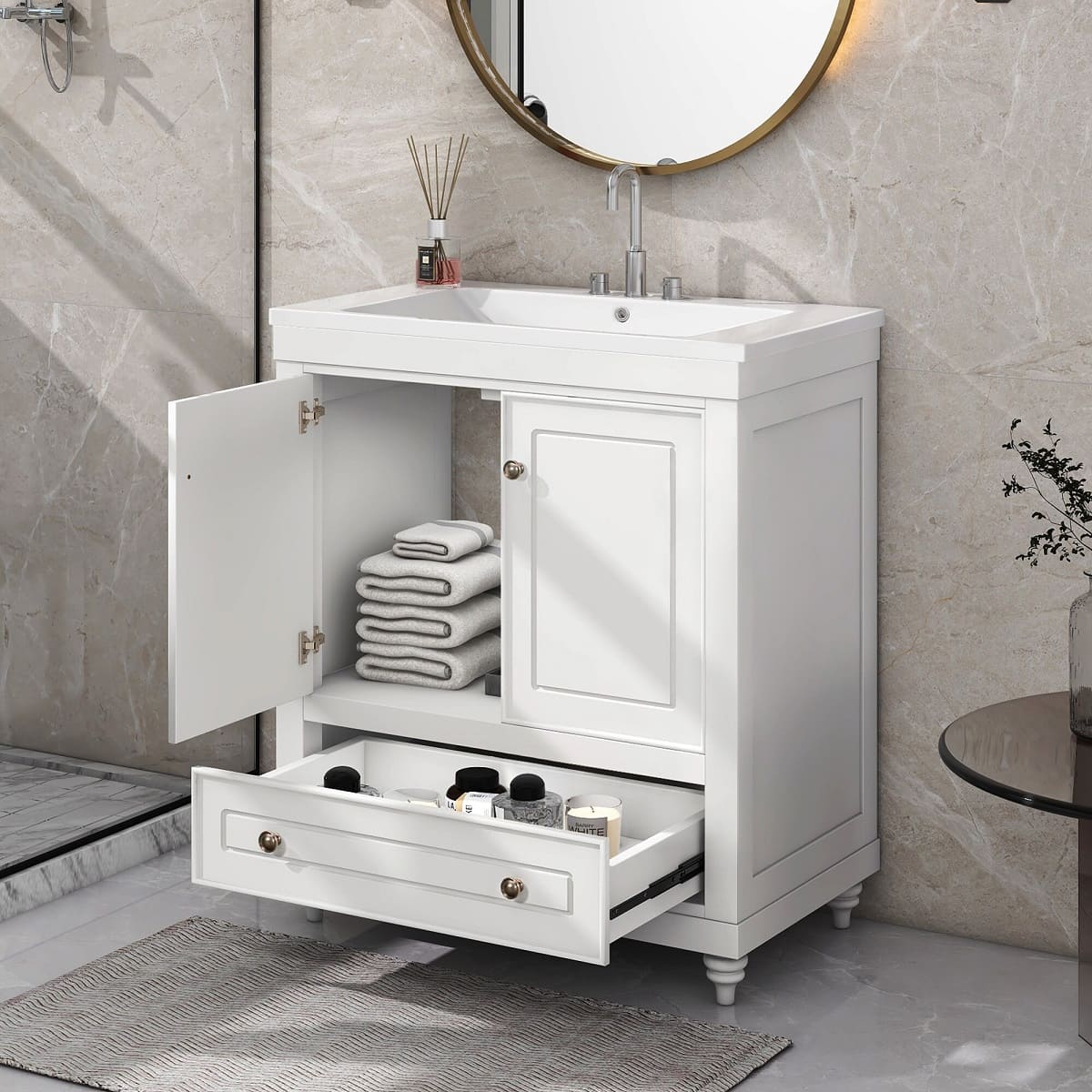
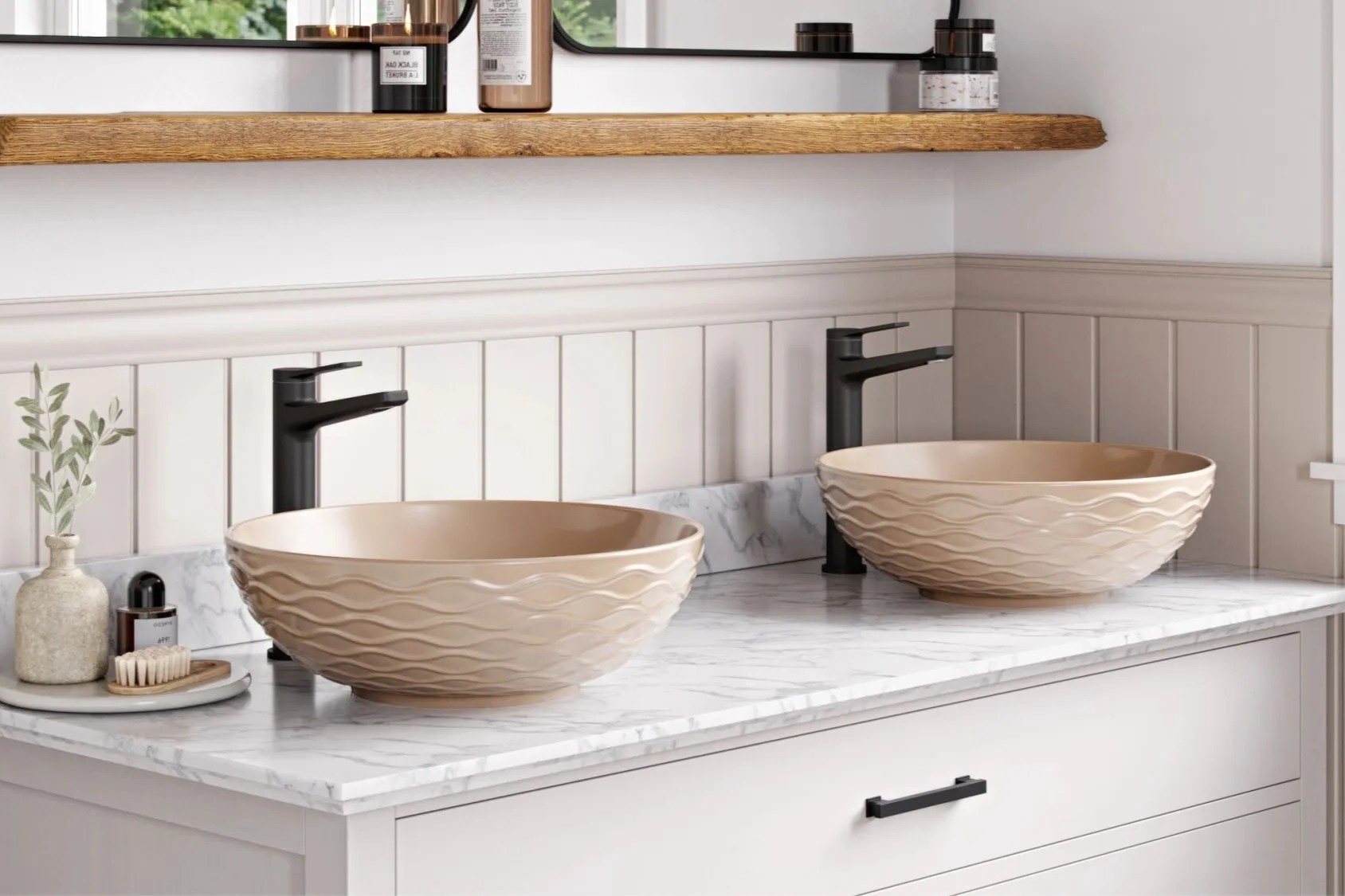
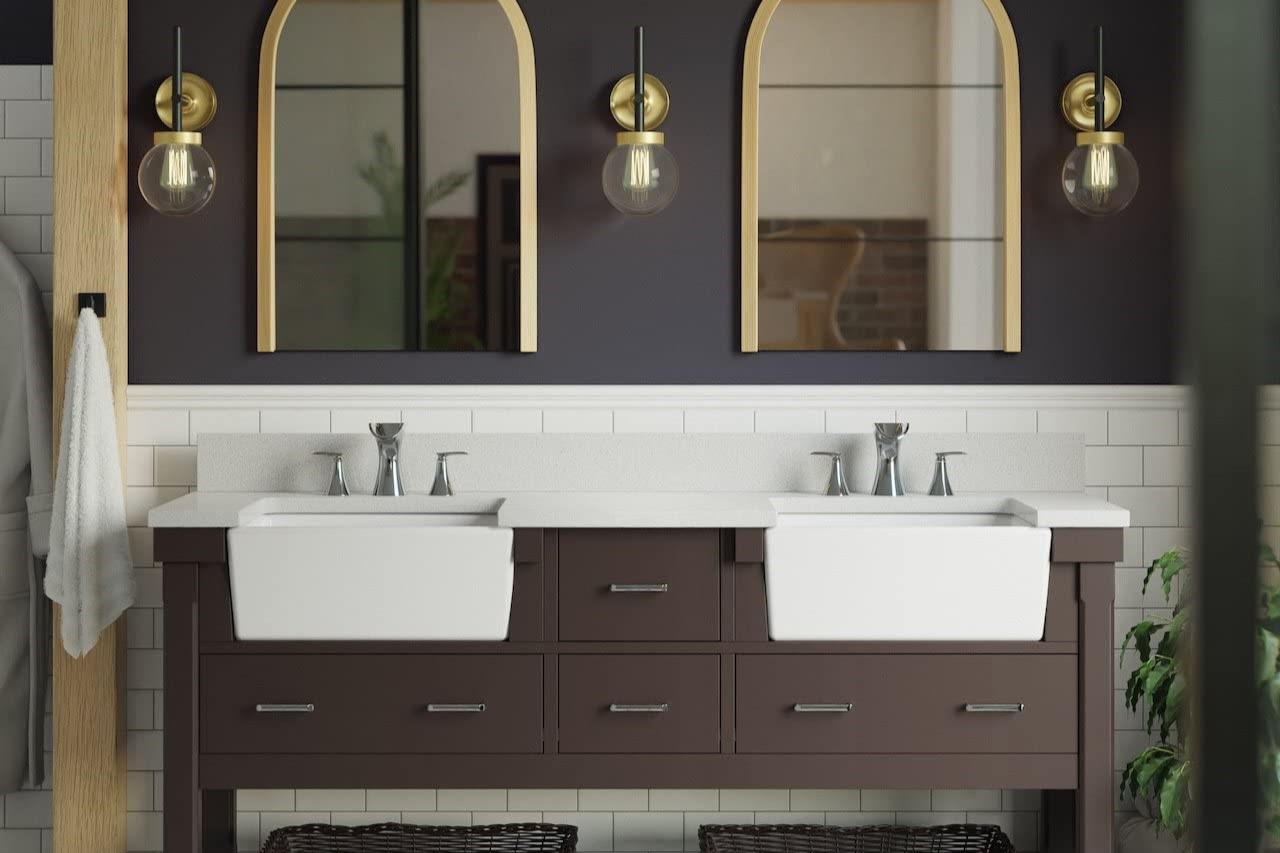






0 thoughts on “How To Secure A Sink To A Vanity”